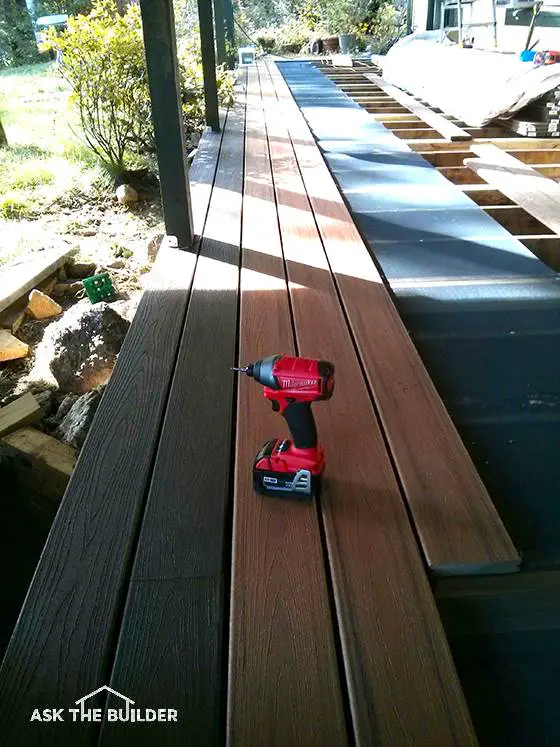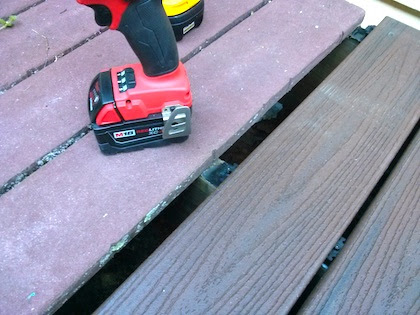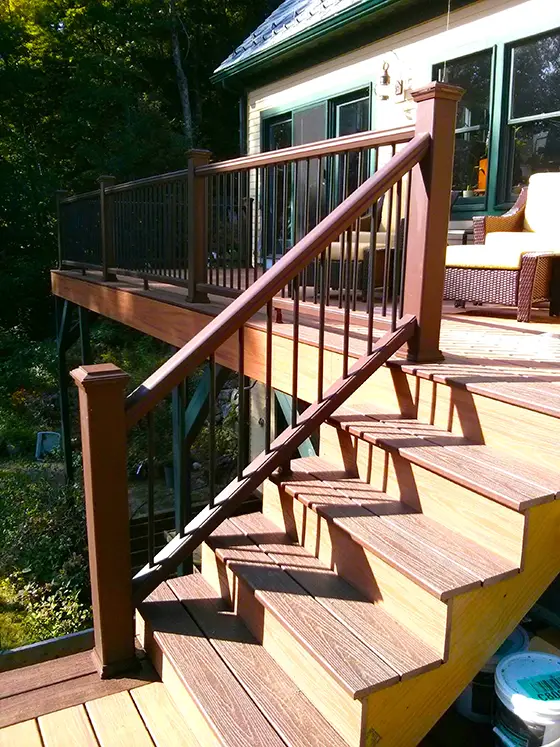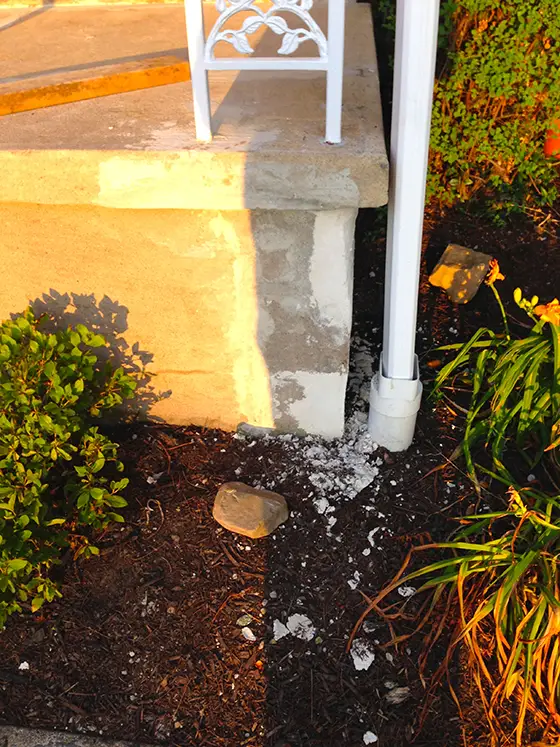Happy Tuesday if you're on my side of the International Date Line.
I'm sure I'm going to hear about that statement. 😉
A week from today I'll be in Norfolk, VA attending a special editors event for STIHL. I decided to attend only because they have a special announcement about five or six new SECRET tools.
STIHL is a fantastic brand that I've used for over forty years and that's part of the reason I decided to go. This could be a game changer for them.
We shall see ...
At the conclusion of the event, I fly from Norfolk on Wednesday afternoon to Cincinnati, OH.
On Friday September 30th at 3:30 pm, I'll be in room 201 of Braunstein Hall at the north end of the University of Cincinnati campus giving a speech about my pathway from being a wet-behind-the-ears geology undergraduate to the AsktheBuilder.com guy.
The university wants me to share my tale about how I used my college degree to get to this unusual destination - especially since I was a rock hound.
The speech is OPEN TO THE PUBLIC. There will be a reception following it so I'm having one of my classic meet ups just after the speech.
This means you can come and we can chat at the reception! Be there or be square!
I almost finished my presentation yesterday. Here are two teasing photos for you. Let's see if you can guess how these photos relate to my talk:

That one probably really stumps you. How about this one? My guess is you'll figure the following one out. If not, come to the speech! Read more about how my speech went. Just Click Here for my AsktheBuilder.com Speech at UC.

Encapsulation FUN Quiz
Well, it's happened again.
I've stumbled onto another interesting path here at AsktheBuilder.com that you're really enjoying.
My new quizzes.
I'm STUNNED at the interest level in this, but after talking to my son yesterday about it, he took the one about the Water Pressure, he said, "Dad, these are really good. I think you're onto something that would be of great interest to millennials like me."
You're going to start seeing at least one per week now.
The purpose of the quizzes is to help show you how things work in and around your home in a FUN WAY.
The comments coming back to me are all positive, although you may be one that sometimes doesn't agree with the exact wording of a question or the answer.
No matter, I provide helpful LINKS when you View Your Score that helps explain my twisted logic.
Remember, to VIEW YOUR SCORE and see the helpful links you need to scroll back up the page after you click the SUBMIT button.
Today I want to test the depths of your ignorance about encapsulation.
What's that?
CLICK HERE to have a boatload of FUN.
(Editor's Note: Tim goofed in the quiz. Read about it in his September 20, 2016 Newsletter Correction.
There's a VERY IMPORTANT video to watch. You really need to watch the video at the very least.
WARNING: I urge you to go to the bathroom first before taking the quiz because you will be ROFLOL.
Now, if you're one who has your knickers in a knot and is all huffy about the idiotic quizzes, then you can bypass it and just CLICK HERE missing all the fun.
Keith's Cracked Cabinet Frames
About a week ago, Keith, who lives in Renton, WA, emailed me the following:
"Cabinet installer had multiple places where screws spit the framing. They have said they will come and glue and patch the cracks. Is this an acceptable practice for new cabinets?"
That's all he sent along with this photo.

I answered him:
"No. Splits happened because no pilot hole was drilled. It's nearly impossible to inject glue deep into the crack. Insist on new cabinets."
Overnight he replied:
"Thanks for the reply. Where do I go to get assistance in making them correct this properly? They are master home builders assoc, and awarded from them, which I have tried to contact but have not called back."
HOLY TOMATO!!!!!
The image that flashed into my head is that scene from the movie Jerry Maguire when Tom Cruise was yelling, "Show me the MONEY!"
If you want a contractor to FIX poor workmanship then realize the MOST POWERFUL LEVER of all is:
$ MONEY $
I've written about it for years and years and years.
ALWAYS make sure you have enough money to FINISH the project assuming the contractor is either abducted one day by space aliens or he disappears on his own walking off the job.
Trust is a two-way street. You'll get the argument from the contractor that he needs to have your money ahead of time to pay for materials or subs.
If the contractor says that, he's underfunded in his business. That being said, it's fair to forward the deposit to the supplier or contractor for Special Order items only.
Every week I get emails from TRUSTING homeowners who have given the contractor MORE MONEY than he deserves at that point in the job and then all that's left for leverage is HOPE.
In most cases the contractor has goofed up, gone missing and REFUSES to answer repeated phone calls.
The homeowner HOPES the contractor will fix things and do the job right. Most will not based on the email I receive.
Never forget this:
Hope is the emotion of last resort.
You HOPE for things you can't control like the weather and what food might be served when you visit your inlaws.
You CAN - AND MUST - CONTROL THE FLOW OF MONEY to your contractor.
That's more than enough for today.
Are you liking the quizzes? Then let me know.
Tim Carter
Founder - www.AsktheBuilder.com
Do It Right, Not Over!




